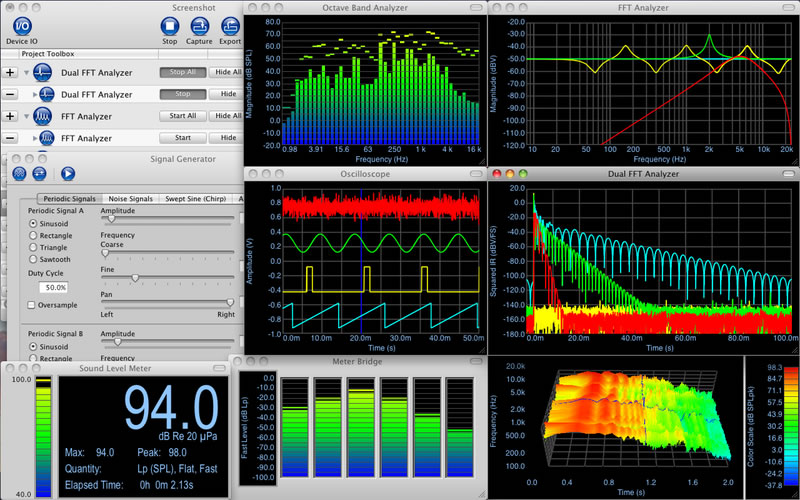Electroacoustic Music
As a music teacher and musical, I am both excited and cautious about how electroacoustic music is affecting the field of music. Electroacoustic sounds are electronic versions of sounds that are acquired from live instruments. Have you ever played an electronic keyboard that sounds realistic? Probably not. To make an electroacoustic piano library, sound engineers start with a real piano and record every note on every articulation and dynamic in several different acoustic environments. These sounds are then combined or looped to create an incredibly realistic sound. Composers can then start with a realistic sounding piano and manipulate the sound to emulate environments like a small room or church. Click HERE to listen to my own original composition using electroacoustic music. In this piece, I used mostly orchestral instruments. The electroacoustic choir I used was created by recording every vowel, consonant, and vocal range.

Popular music is no stranger to electronic sounds. It is very common to hear electroacoustic sounds in most music we hear on the radio. However, electroacoustic music is becoming more and more popular in the film industry. Instead of paying for a hundred instrumentalists to perform an epic orchestral piece, many producers are choosing to hire a single (or group of) composer to sequence sound libraries to sound like a realistic performance of an orchestral work. This means that musicians are losing opportunities to perform. As a musician, I know that performance opportunities (especially paid ones) can be hard to come by. I believe this is one of the biggest negative effects of this new technology. However, it does create jobs in other ways. Musicians are needed to create the "instruments" and sound technicians are needed to refine the recorded sounds. Composers are also being payed more due to their increased time commitment and work needed to complete projects. To read more about the history and applications of electroacoustic music, click HERE.

As a teacher, I believe this technology would be very useful in a classroom with older students. Once students are able to compose their own music, they can use electroacoustic sounds to create a realistic performance of their piece. This will allow young musicians to better hear and understand how instruments blend together and how to construct strong and impactful chords and phrases of music.
No comments:
Post a Comment